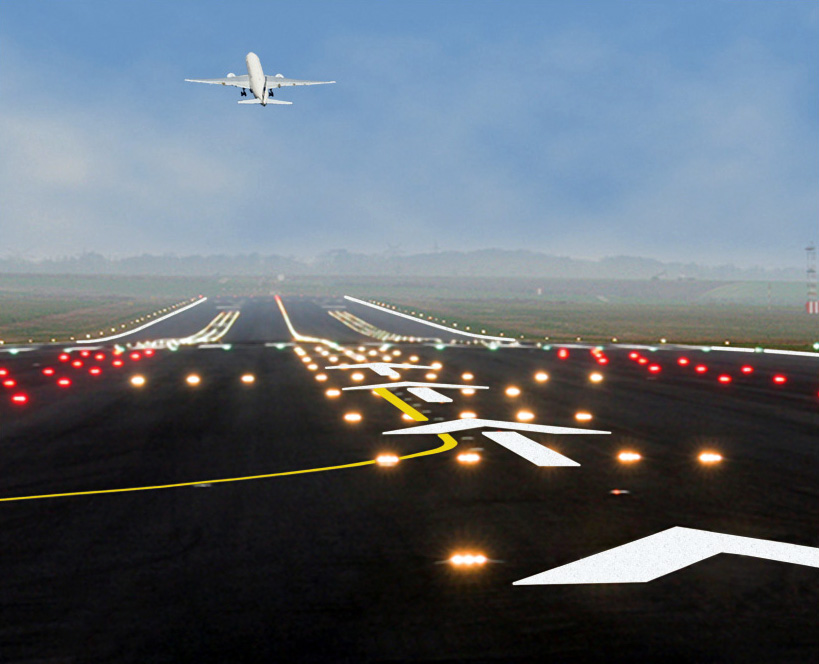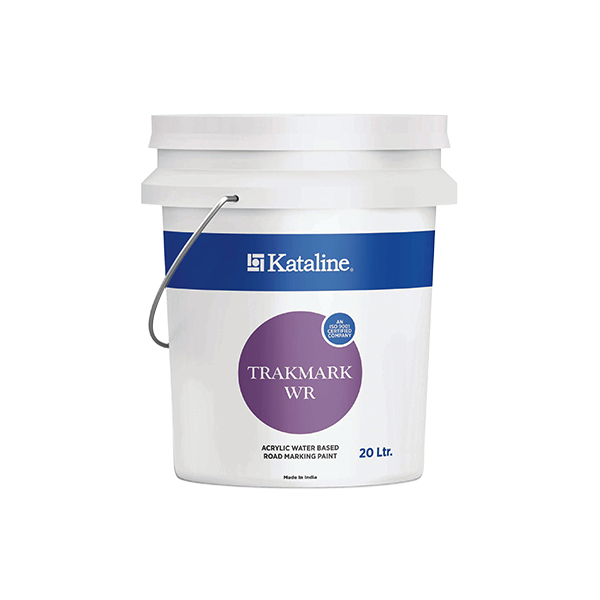
Airfield marking paints are specialised coatings used to create clear and durable markings on airport runways, taxiways, and other surfaces. These markings help pilots and ground crews navigate the airport safely and efficiently. The paints are designed to meet high standards for visibility, reflectivity, durability, and skid resistance. When selecting airfield marking paint, it’s important to consider factors such as the type of surface, weather conditions, and expected traffic levels. It’s also essential to ensure the paint complies with the relevant standards and regulations for airfield markings.

Certified airfield markings
Certified airfield markings meet the specific requirements set by regulatory organisations like the International Civil Aviation Organization (ICAO) and the Federal Aviation Administration (FAA). These markings are crucial for maintaining safe and efficient airfield operations, allowing pilots and ground crews to navigate the airport confidently. Certified markings include essential features such as hold lines, touchdown zone markings, and approach lighting systems, which are vital for ensuring safe landings and takeoffs. In addition to meeting strict standards for colour and placement, these markings must be regularly maintained to remain visible and effective.

Legible symbols
Legible symbols on airfields are clear, standardised signs that help pilots, ground crews, and airport staff navigate and understand safety protocols. These symbols must be visible from both the air and the ground, using standard colours and shapes for quick recognition. User testing ensures they are intuitive and easy to understand.

Specialized signage
Specialised signage on airfields communicates crucial information about airport layout, navigation, and safety. These signs are vital for safe and efficient operations, helping to reduce accidents. To be effective, signs must be clearly visible, follow standardised designs, and be easily recognisable by pilots, ground crews, and other personnel. Well-designed signage is essential for maintaining safety and efficiency at airports.






